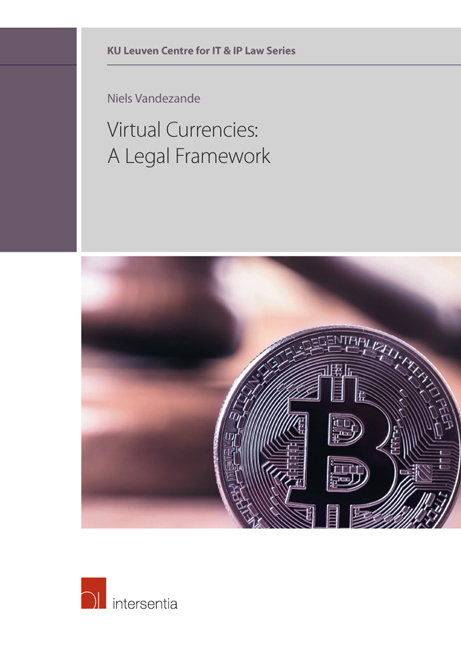Book contents
- Frontmatter
- Foreword
- Acknowledgments
- Contents
- Acronyms
- Introduction
- Part I Conceptual Analysis
- Part II Legal Analysis
- Chapter IV E-Money and Payment Services in the EU
- Chapter V Anti-Money Laundering in the EU
- Chapter VI Financial Instruments in the EU
- Chapter VII Virtual Currencies and Service Providers in the US
- Part III Conclusion
- Bibliography
- Miscellaneous Endmatter
Chapter VI - Financial Instruments in the EU
from Part II - Legal Analysis
Published online by Cambridge University Press: 13 October 2018
- Frontmatter
- Foreword
- Acknowledgments
- Contents
- Acronyms
- Introduction
- Part I Conceptual Analysis
- Part II Legal Analysis
- Chapter IV E-Money and Payment Services in the EU
- Chapter V Anti-Money Laundering in the EU
- Chapter VI Financial Instruments in the EU
- Chapter VII Virtual Currencies and Service Providers in the US
- Part III Conclusion
- Bibliography
- Miscellaneous Endmatter
Summary
FINANCIAL INSTRUMENTS IN THE EU
INTRODUCTION
MIFID – Another legal framework that could be considered for the regulation of virtual currencies is the EU framework regulating investment services. That legal framework is mainly set by the First Markets in Financial Instruments Directive (MiFID1), which in 2018 will be replaced by the Second Markets in Financial Instruments Directive (MiFID2) and the Markets in Financial Instruments Regulation (MiFiR). As chapter IV has shown that virtual currencies will not be considered as e-money or payment services under the corresponding legal frameworks, it must be questioned whether they could instead be considered as financial instruments under the MiFID framework. If such is the case, then virtual currencies are already regulated under that framework. It must then be further questioned whether MiFID is the correct framework to regulate virtual currencies, or whether a different regulatory initiative is desirable. As noted in the risk assessment conducted in chapter I, virtual currencies can to a certain extent be used as investment tools, posing particular risks to such investors. This last risk makes the MiFID legal framework a possible candidate for the regulation of virtual currencies. Moreover, as briefly hinted at in chapter IV, there are indications that at least one EU Member State – Germany – may already be considering its implementation of MiFID for the regulation of virtual currencies, further indicating the need for a closer analysis of the MiFID legal framework.
Goal – First, this chapter analyzes whether the EU legal framework on investment services – as set originally by MiFID1 and later by MiFID2 and MiFiR – can be applied to virtual currencies. More precisely, it assesses whether virtual currencies can be considered as the financial instruments covered by the MiFID legal framework, particularly transferable securities or derivative products. Second, if such is found to be the case, it assesses – against the normative criteria established for the purposes of this research – whether inclusion under the MiFID framework is sufficient in regulating virtual currencies, or whether more initiative is desired. If it is found that the MiFID legal framework can in its current form not apply to virtual currencies, this chapter must establish whether such an inclusion is necessary, again via assessment against the normative criteria.
- Type
- Chapter
- Information
- Virtual Currencies: A Legal Framework , pp. 311 - 340Publisher: IntersentiaPrint publication year: 2018



